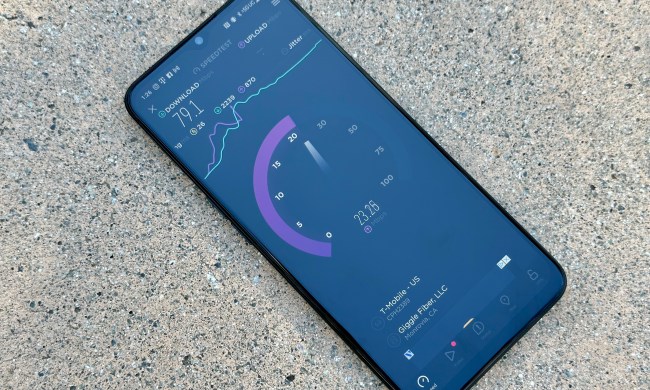Apple is reportedly in talks with Taiwanese semiconductor manufacturing giant TSMC to produce its own in-house 5G chips for next-generation Apple products. According to Nikkei Asia, the move is primarily aimed at reducing Apple’s dependence on Qualcomm for 5G cellular chips.
The first generation of in-house 5G modems from Apple is likely to be based on TSMC’s new 4nm manufacturing process. When developed, the chip will incorporate Apple-designed components for radio frequency and millimeter-wave. Apple has also started work on a power-management chip designed specifically to work with this modem. Mass production of these Apple 5G modems, however, will only begin by 2023.
While Apple has been designing its own systems on a chips (SoCs) for over a decade now, the company has typically shied away from making cellular modems. The current crop of iPhones and iPads use 5G-capable modems sourced from Qualcomm — supplied to them as part of a six-year deal the two companies signed in 2019. While Apple’s agreement with Qualcomm won’t end until 2025, Apple has already laid the groundwork to ensure that it will have its in-house modem ready in the next few years.
As part of its long-term plan, Apple first settled all patent disputes with Qualcomm and signed the aforementioned long-term deal. Months later, it also acquired Intel’s beleaguered smartphone modem business for $1 billion. The latter gave it access to a veritable goldmine of 17,000-odd wireless technology-related patents. These patents include crucial protocols for cellular standards and modem architecture.
Initial development costs aside, the advantages of moving to in-house chips are numerous. Apart from giving Apple even more control over hardware integration, it would significantly drive down the cost of manufacturing. While it is unlikely that Apple would pass on these savings to consumers, tighter hardware integration — in the case of Apple — has typically resulted in massive performance gains. It remains to be seen if this will be the case with Apple’s in-house modems as well.



